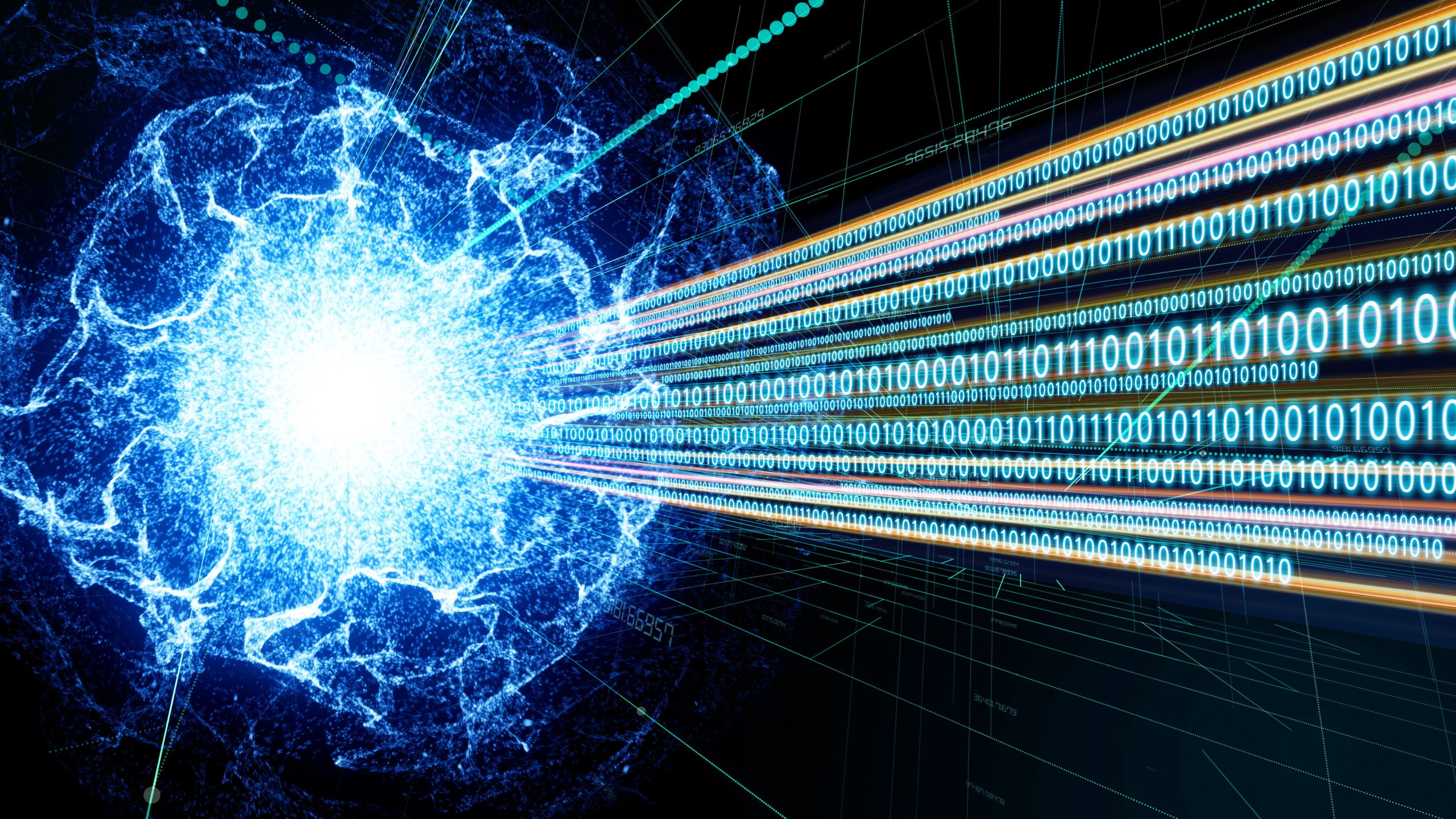Quantum computing has become a buzzword in the world of technology, but many people are still unclear about what it actually is and how it works. Quantum computing utilizes the principles of quantum mechanics to perform operations on data in a fundamentally different way than classical computing. Instead of using bits to represent data as either a 0 or 1, quantum computers use quantum bits or qubits, which can exist in multiple states at once thanks to the phenomenon of superposition.
One of the key advantages of quantum computing is its ability to solve complex problems much faster than classical computers. This is due to another quantum mechanical phenomenon called entanglement, where qubits can be correlated with each other in such a way that the state of one qubit instantly affects the state of another, no matter how far apart they are.
So, how much energy does it take to power a quantum computer? The answer is not straightforward, as it depends on several factors such as the number of qubits, the type of technology used, and the complexity of the task being performed. However, quantum computers typically require extremely low temperatures close to absolute zero to operate effectively, which means they need specialized cooling systems that consume a considerable amount of energy.
Another energy-intensive aspect of quantum computing is the process of error correction. Quantum computers are notoriously error-prone due to the fragile nature of qubits, and correcting these errors requires additional computational power and energy. In fact, some estimates suggest that error correction can consume up to 90% of the total energy used by a quantum computer.
Despite these energy challenges, researchers are continually working to develop more efficient and environmentally friendly quantum computing systems. As the technology advances and becomes more mainstream, it is crucial to address the energy consumption issues to ensure a sustainable future for quantum computing.
Quantum computing is a revolutionary technology with the potential to transform industries and solve complex problems at an unprecedented speed. While it does require a significant amount of energy to operate, ongoing research and development efforts are aimed at making quantum computing more energy-efficient and sustainable in the long run.
In July, the US Defense Department and the State of Illinois announced a multimillion-dollar quantum testing program. The Defense Advanced Research Projects Agency, or DARPA, will be housed on the state’s soon-to-be constructed Chicago-area quantum campus. The research and testing done there will be focused on National Security.
According to DARPA’s website, “In order to predict if quantum computing will grow from a primarily scientific endeavor to a critical industrial tool, DARPA has established new collaborations with the Department of Energy’s Office of Science — a national leader in quantum computing research and high-performance computing — as well as with the State of Illinois, which is investing heavily to create a new quantum computing corridor in the greater Chicago area. To support these collaborations, DARPA will be leveraging Department of Defense experts, in particular, quantum scientists and engineers at the Air Force Research Laboratory in Rome, New York.”
Learn more about Quantum computing in Illinois
